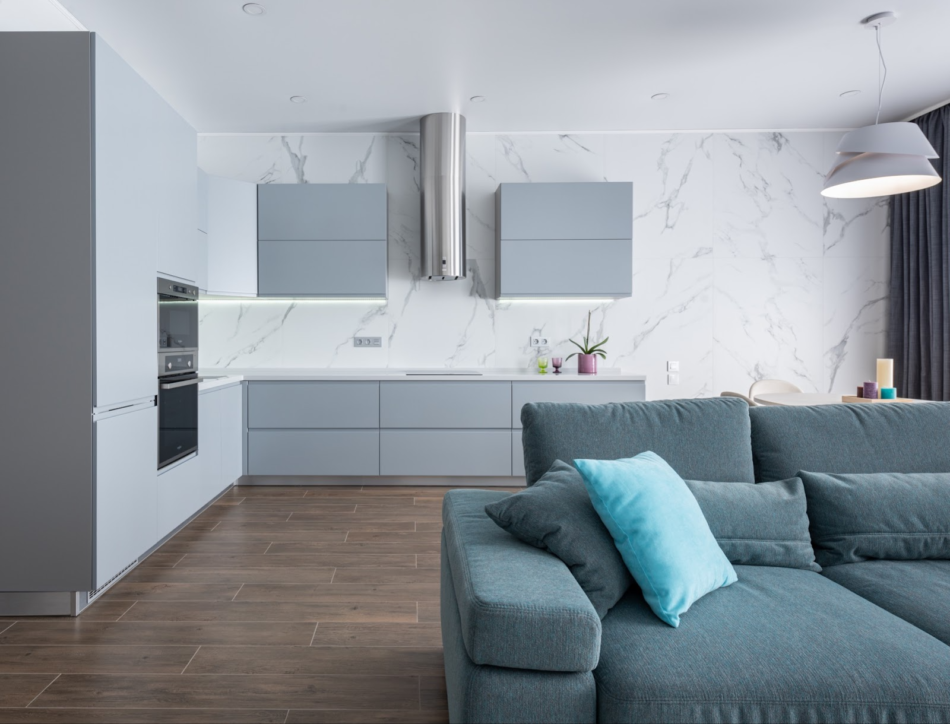The internet has provided entrepreneurs with an avenue to launch and market their businesses quickly and efficiently, leading to many ventures experiencing unprecedented success and profit growth. We will explore four of these lucrative ventures here – allowing you to get involved and possibly make a big return on investment!

Via Pexels
1 – Online Sales
One of the top markets in the world is online sales. It is also known as “e-commerce” and refers to businesses that sell products or services over the Internet. The global market for online sales topped $5,7 trillion in 2022. This figure is expected to continue growing as more people gain access to the Internet and become comfortable with online shopping. To get started, you will need a well-designed website that can be built either by yourself or outsourced to a professional web developer. You will also need a reliable payment gateway, along with marketing strategies such as email campaigns, social media campaigns, and search engine optimization (SEO).
2 – Online Competitions
Who doesn’t dream of owning a $5 Million house in an idyllic location? Online competitions can be an extremely profitable business model with the right marketing. Many online businesses generate considerable amounts of revenue through running competitions by offering attractive prizes that entice participants to enter them. The key to success in running an online competition is securing appealing prizes that people feel they need or want and advertising it effectively on various digital channels.
3 – Online Gambling
The online gambling market is worth billions of dollars and remains one of the most profitable sectors in the world. The industry has experienced rapid growth over recent years as more people gain access to the internet and become comfortable placing bets through mobile phones or computers. Online casinos offer a wide variety of games, such as poker, blackjack, roulette, bingo, and slots. To get started in this sector, you will need a reliable platform that can be developed either by yourself or with the help of a professional software developer. Your online gambling business must also comply with applicable gambling and money transfer laws. In addition, you will need to get a merchant account for your online gambling business. While the red tape may seem daunting at first, online gambling businesses have proven successful at becoming profitable quickly.
4 – Online Coaching And Consulting
Online coaching and consulting have become increasingly popular due to flexible working hours and global access. Although highly competitive, those who have found success can charge premium rates for their services. To get started in this industry, find your niche, build a website to showcase it, establish yourself as an authority in that field, launch courses tailored specifically to client’s needs, and market your business through various digital channels.
Any online business can be made very profitable with careful planning, diligence, and research. It is vital to remember that there is no easy way to make money, and all business ventures require hard work and dedication in order to be successful. These four online enterprises are among the most successful ventures available, and with proper execution, they may provide sizable sales and cash flows.



